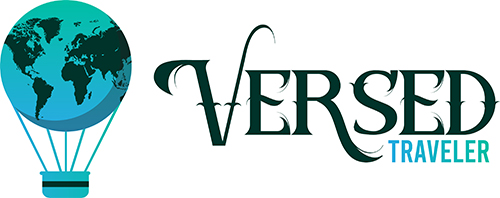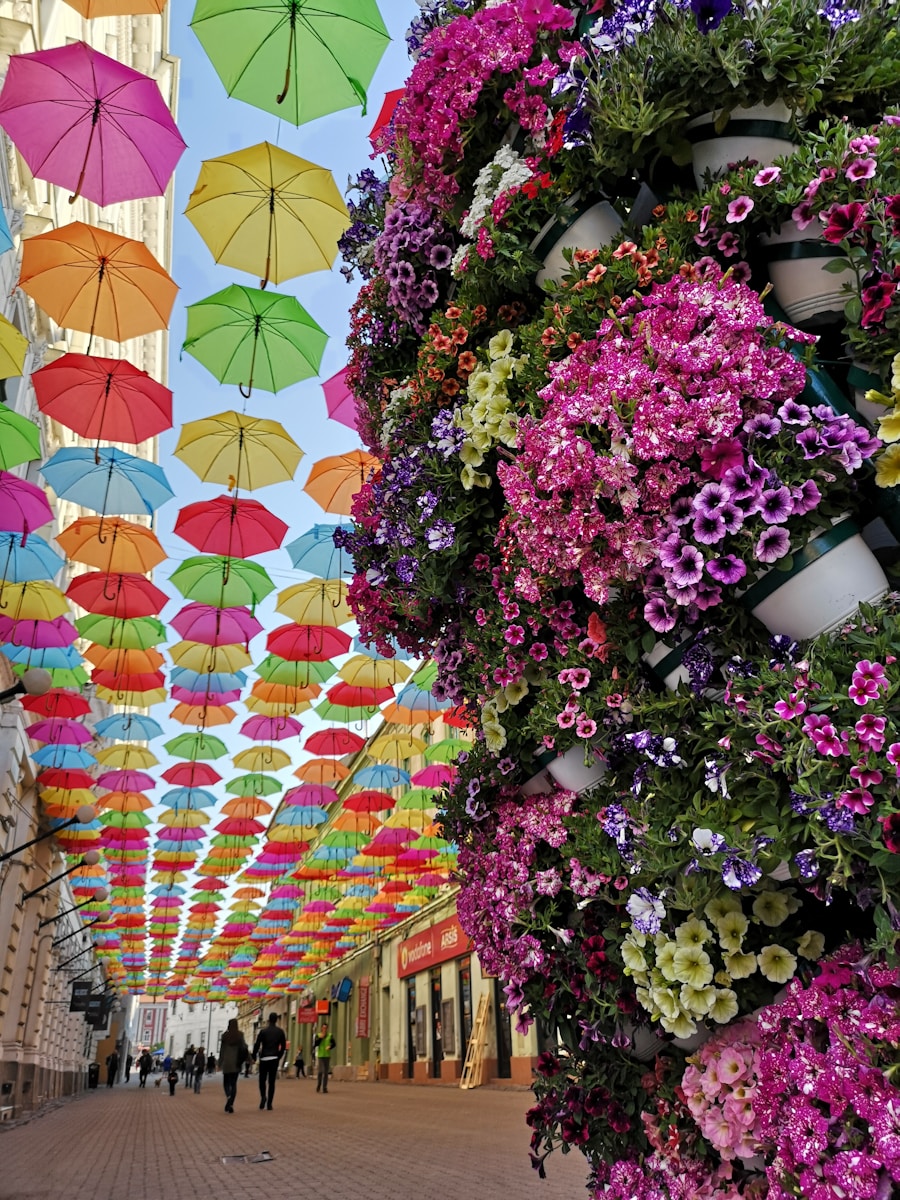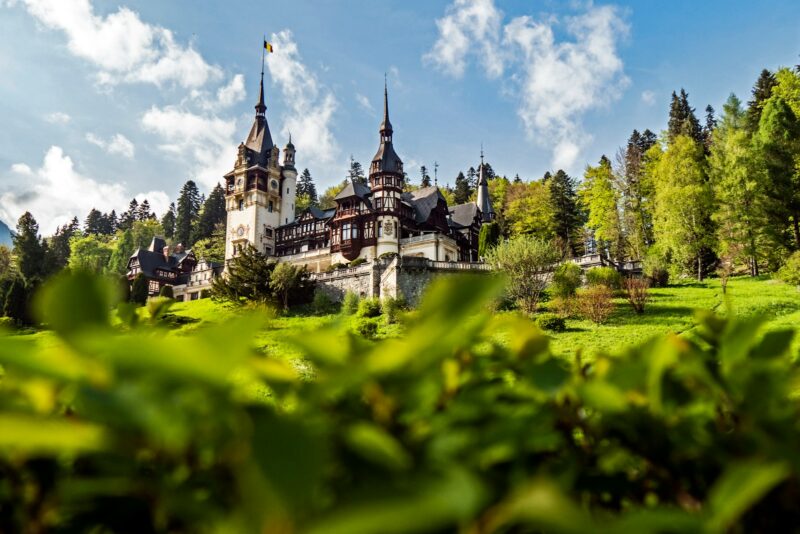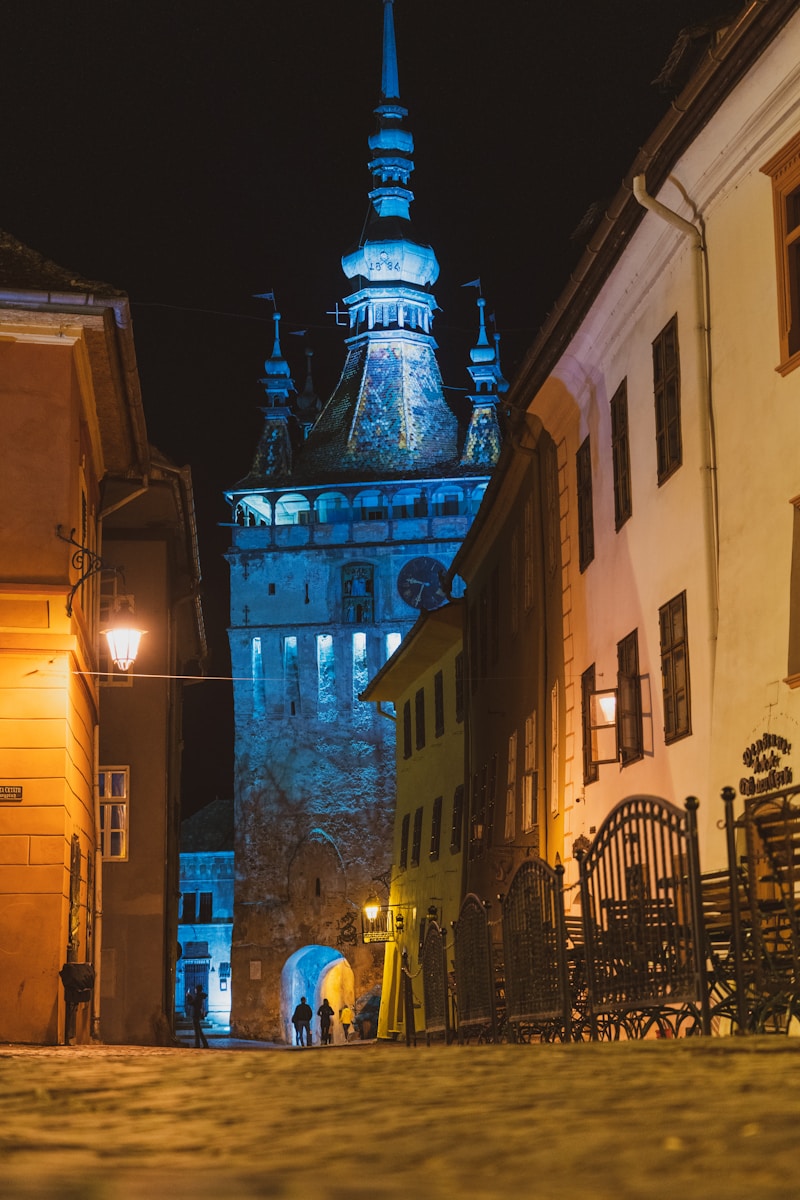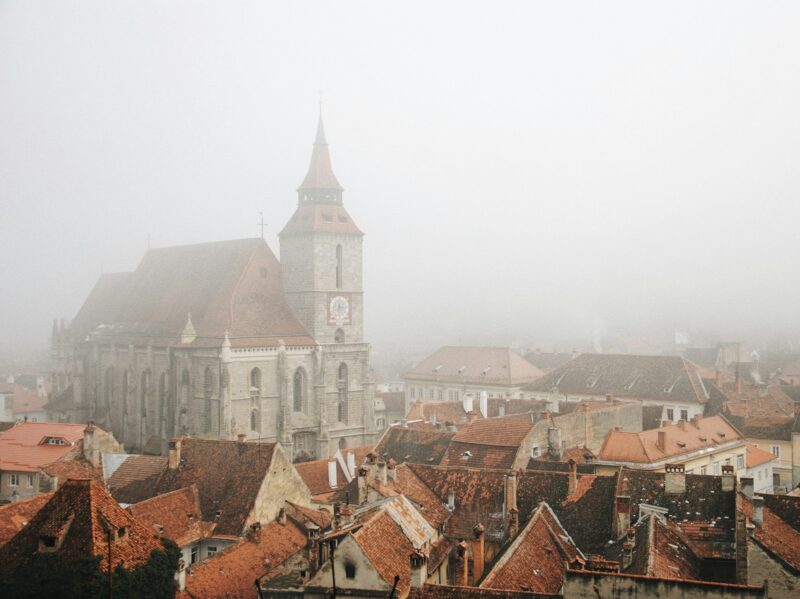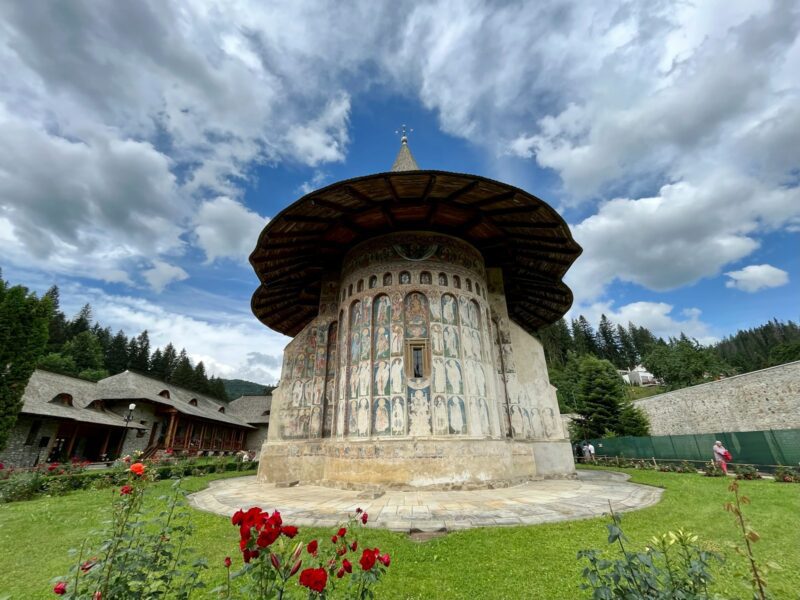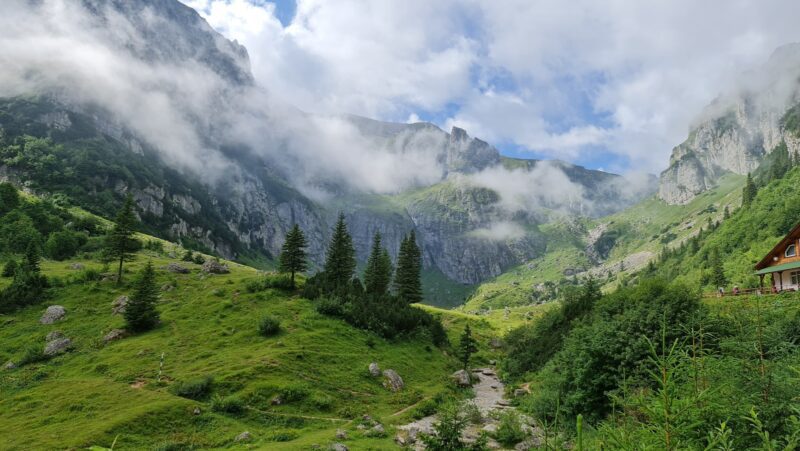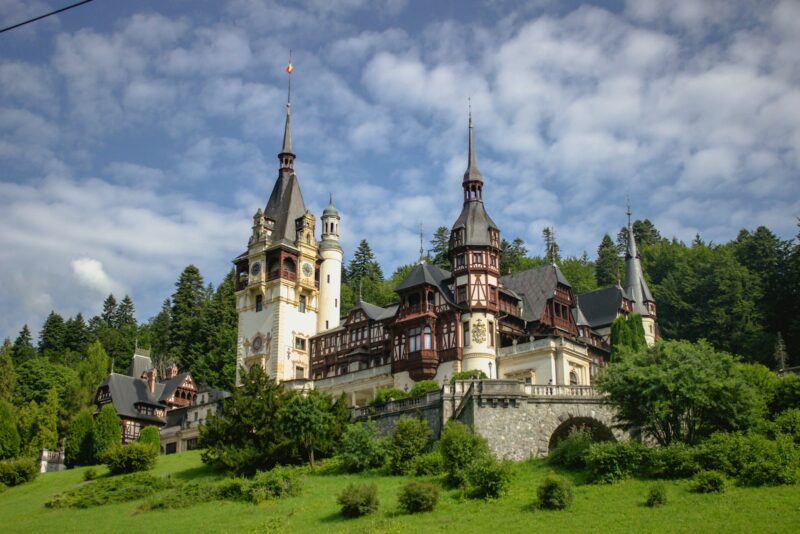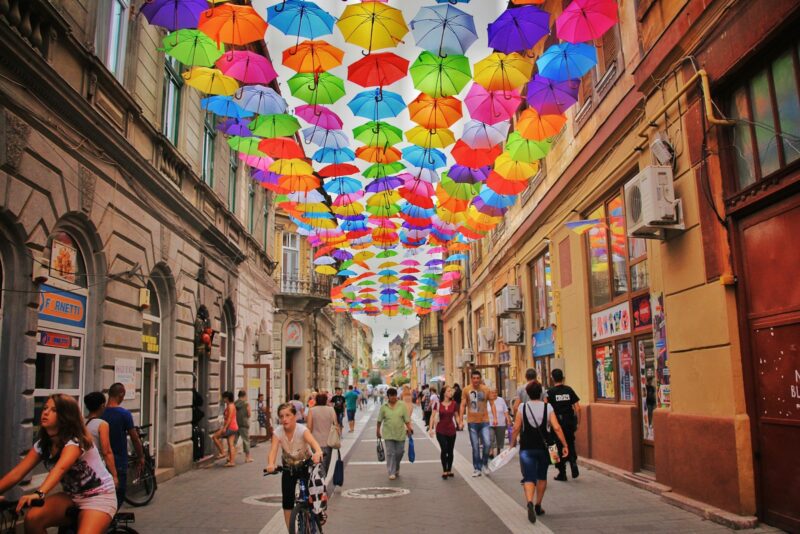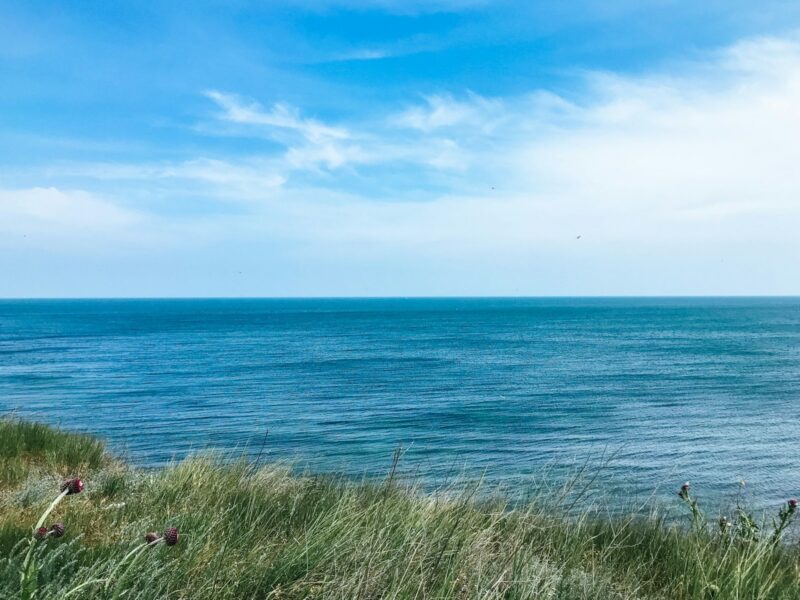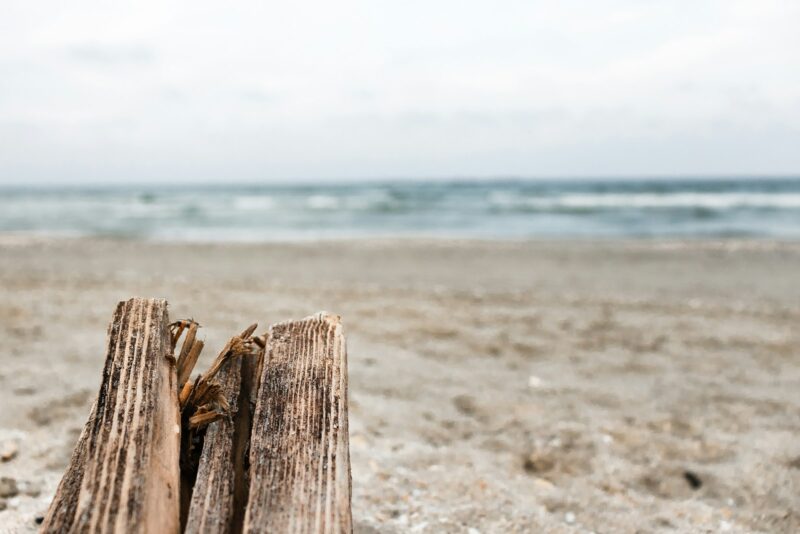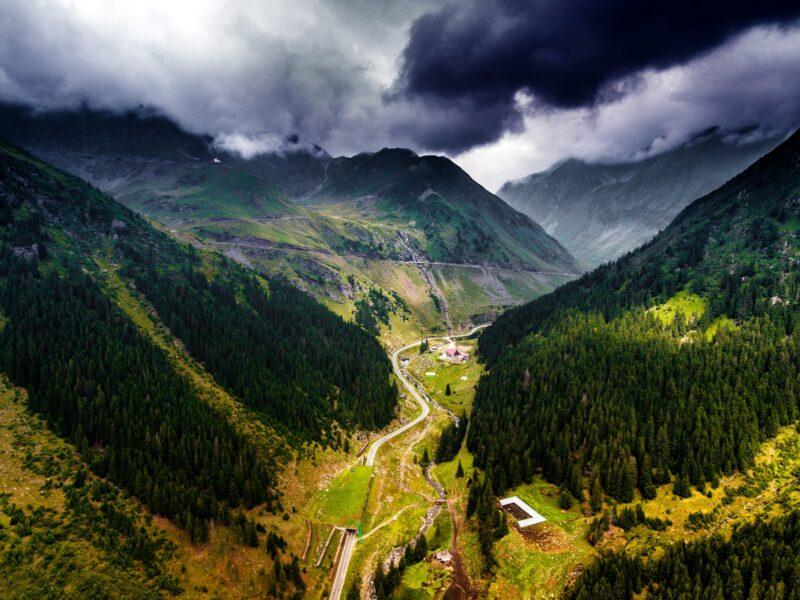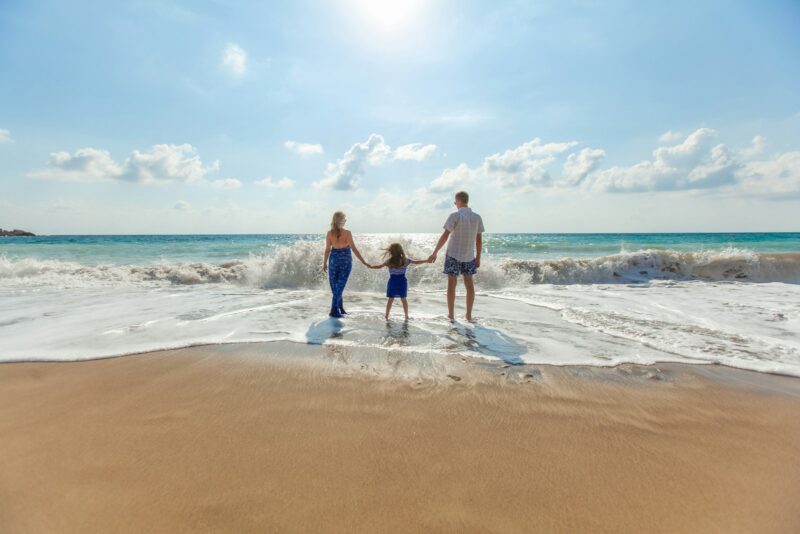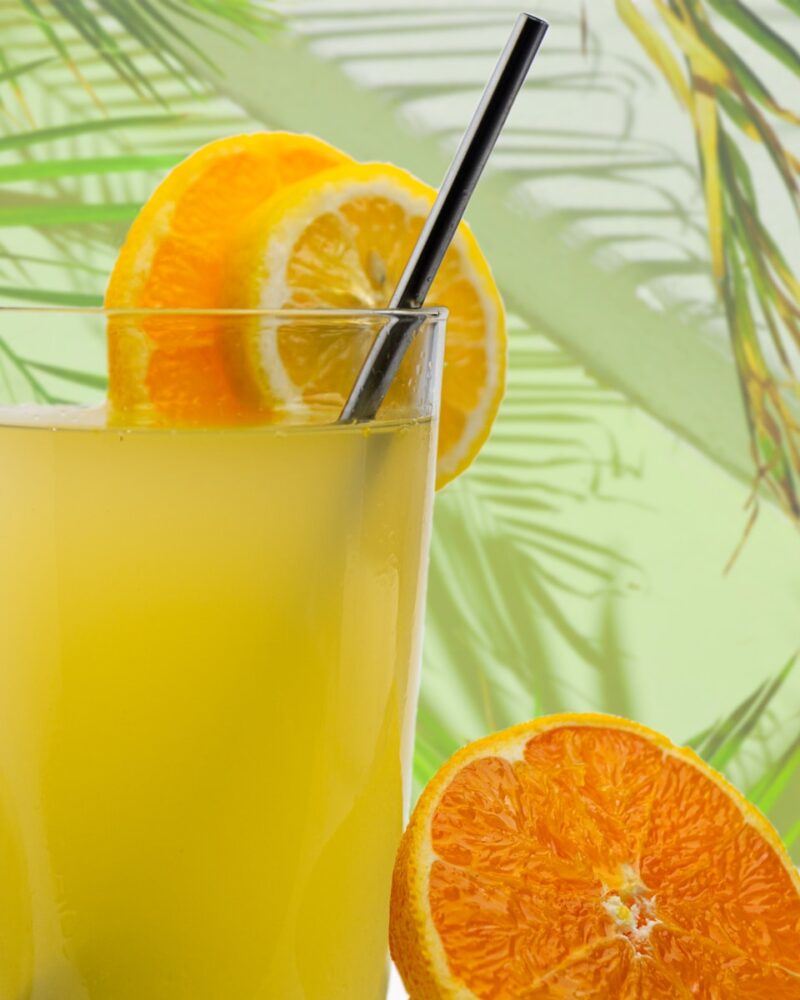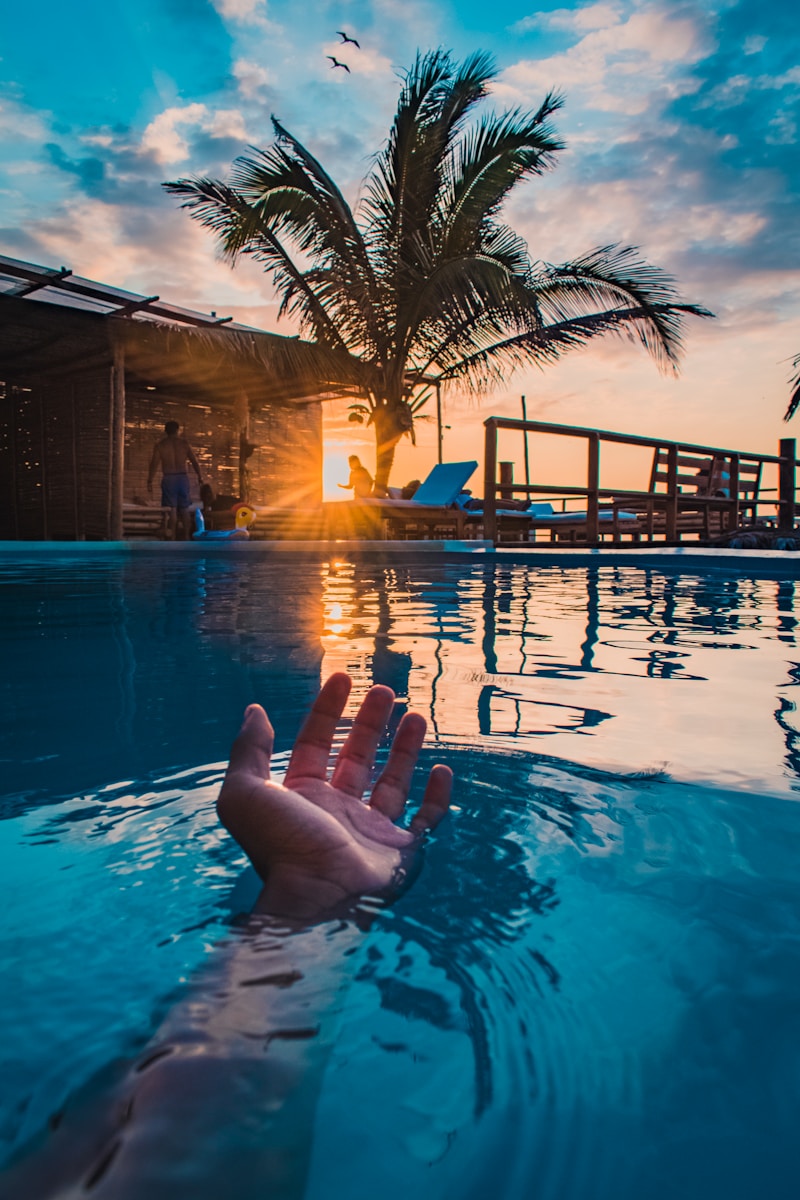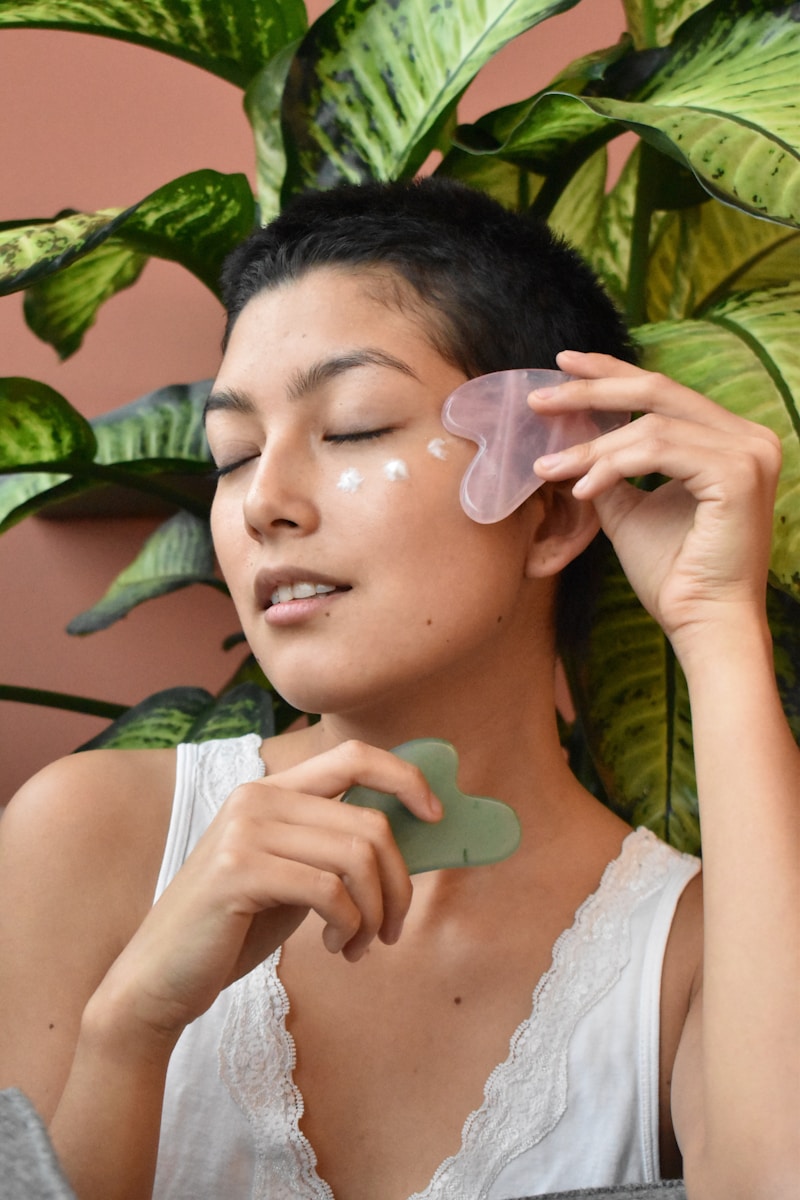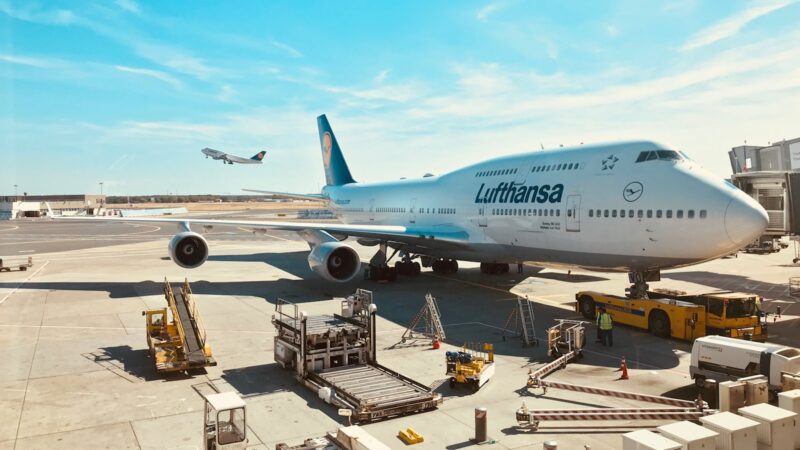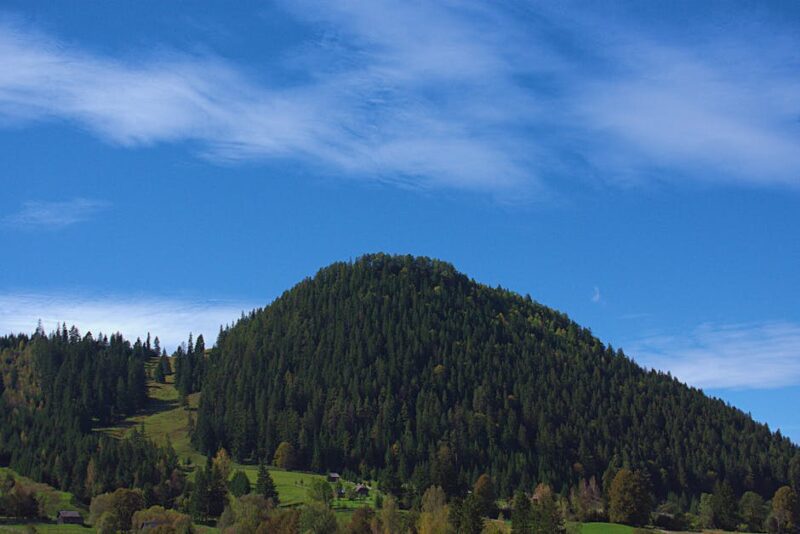Romania offers a diverse array of activities that cater to all kinds of travelers, whether they are history buffs, nature enthusiasts, or cultural explorers. From the mystical allure of Transylvania to the vibrant pulse of its cities, this European nation boasts a rich cultural heritage and breathtaking natural landscapes. This post will explore all of the best things to do in Romania.
Table of Contents
ToggleBest Things to Do in Romania
Discover Bucharest
Bucharest, Romania’s vibrant capital, is a destination booming with grand architecture, historic sites, and cultural experiences. Each corner of the city presents an opportunity to explore Romania’s complex history and engaging present.
Palace of Parliament
The Palace of Parliament, a legacy of Nicolae Ceaușescu‘s era, stands as one of the most imposing and controversial buildings in Bucharest. This colossal structure is the second largest administrative building in the world and offers tours that showcase its lavishly decorated interiors. Visitors can marvel at the blend of architectural styles and the sheer opulence that represents Ceaușescu’s rule in Romania. Visiting the Palace of Parliament is one of the best things to do in Romania if you’re looking to capture some awe-inspiring photos.
Old City
Wandering through the Old City, also known as Lipscani, gives one the feeling of stepping back into the heart of historic Bucharest. With its cobbled streets, buzzing nightlife, and myriad of shops and eateries, it’s a must-visit for any traveler. The Old City is not only a place for entertainment; it’s also home to many buildings of historical significance, including remnants of the old Princely Court.
Romanian Culture
One cannot fully appreciate Bucharet without diving into Romanian Culture. The National Museum of Art is housed in the former royal palace and presents an extensive collection of Romanian and European art, giving insight into the nation’s creative past and present. Exploring the various churches, parks, and museums throughout the city, one will encounter the fusion of tradition and modernity that shapes today’s Romanian society.
Best Things to Do in Romania: Transylvania
Transylvania, Romania’s central region, is steeped in history and folklore, boasting medieval castles, towns, and festivals. Its mysterious aura is only amplified by its association with the legend of Dracula.
Bran Castle
Often linked with the Dracula legend, Bran Castle is a must-visit for its 14th-century architecture and ties to Bram Stoker’s famous vampire. Located on the border of Transylvania and Wallachia, this fortress captivates visitors with its historical association to Vlad the Impaler, who is thought to be the inspiration for Dracula. Visiting the Bran Castle is one of the best things to do in Romania if you are a history buff, like me.
Sighișoara Citadel
Sighișoara Citadel represents one of the best-preserved medieval towns in Europe, recognized as a UNESCO World Heritage Site. Wander through the cobbled streets and admire the timeless architecture, including the striking Clock Tower and the house where Vlad the Impaler is said to have been born.
Brasov and the Black Church
Brasov offers an array of picturesque streets and an inviting central square, with the Black Church as its crown jewel. This Gothic structure, one of the largest churches in Romania, was built by the Transylvanian Saxons and stands as a testament to the region’s long-standing German influence. Not only is the structure breathtaking, there are a lot of nice restaurants in the square behind. Visiting the Black Church is one of the best things to do in Romania if you want an enriching historical experience.
Medieval Festivals
Transylvania comes alive with medieval festivals that celebrate its rich history. These events often feature jousting, traditional music, and markets that transport visitors back in time. They are particularly vibrant in towns like Biertan and Sighişoara, where the past is celebrated with gusto.
Best Things to Do in Romania: Historical Regions and Monuments
Romania is adorned with cultural treasures, among which the historical regions of Bucovina and Maramureș stand out with their unique religious structures. Another masterpiece of architecture and history is the imposing Corvin Castle in Transylvania.
Bucovina’s Painted Monasteries
In the northern region of Bucovina, one finds the Painted Monasteries, dating back to the 15th and 16th century. Among them, Voroneț Monastery is renowned for its vibrant blue frescoes, earning it the nickname of “Sistine Chapel of the East.” Notables such as Moldovița and Sucevița are also part of this cultural ensemble, remarkable for their exterior religious frescoes that depict biblical scenes and saints.
Maramureș Wooden Churches
The region of Maramureș is noted for its collection of Wooden Churches, which offer a glimpse into the region’s spiritual and architectural history. These churches are unique in style, with tall spires and shingled roofs; they blend seamlessly with the natural landscape. The most representative examples can be found in villages such as Ieud and Surdești.
Corvin Castle
Corvin Castle, also known as Hunyadi Castle, is a quintessential Gothic-Renaissance castle in Transylvania. It is one of the largest castles in Europe and a backdrop of history and legend, suggesting connections to Vlad the Impaler. Its grand halls, towers, and drawbridges are open for visitors to explore, granting a real-life look into the noble past.
Best Things to Do in Romania: Natural Wonders
Romania’s landscape is a rich tapestry of natural wonders, where one can witness a stunning array of biodiversity and geographical variety. The country boasts expansive wetlands, towering mountain ranges, and a scenic highway offering unparalleled views.
Danube Delta
The Danube Delta is a UNESCO World Heritage site and the second largest river delta in Europe. It is a pristine network of waterways leading to the Black Sea, characterized by its extensive wetlands and rich biodiversity. This delta provides a vital habitat for numerous species, including over 300 varieties of birds and plenty of fish species. A visit to the delta offers opportunities for bird-watching, fishing, and tranquil boat tours through its many channels.
Carpathian Mountains
The Carpathian Mountains stretch over Romania, forming a natural arc across the country. They are known for their dense forests, diverse wildlife, and over a dozen peaks that surpass 2,500 meters. The Carpathians are not only a beacon for nature enthusiasts and hikers but also play a critical role in Romania’s ecosystem as they house a large portion of Europe’s remaining virgin forests, supporting the country’s reputation as a haven for nature.
Transfăgărășan Highway
Winding through the heart of the Carpathians is the Transfăgărășan Highway, hailed as one of the most spectacular roads in the world. It offers dramatic, high-altitude views and a thrilling driving experience. The highway is typically open from June to October and serves as an excellent route for those seeking to explore the Carpathians while enjoying panoramic landscapes along the way.
Romanian Castles and Fortifications
Romania offers a tapestry of historical and architectural gems, particularly through its well-preserved castles and fortifications. These landmarks showcase a blend of military might and baroque beauty, particularly concentrated in the Transylvania region.
Peles Castle
Peles Castle is a masterpiece of German Renaissance architecture located in Sinaia. It stands as a symbol of Romanian royalty, reflecting the refined taste of King Carol I. Built between 1873 and 1914, the castle’s 56 rooms are adorned with ornate wood carvings, breathtaking murals, and exquisite stained glass, making it an essential stop for any traveler.
Rasnov Fortress
Situated atop a rocky hill in the Carpathian Mountains, Rasnov Fortress has zealously guarded the Transylvanian landscape since the 13th century. This fortress provided refuge for villagers during invasions and now tells a tale of resilience, with its rugged walls offering spectacular views of the Râșnov and Brasov areas.
Fortified Churches of Transylvania
The Fortified Churches of Transylvania represent a unique cultural landscape, blending ecclesiastical architecture with military features. Places like Viscri, with its UNESCO-listed church, highlight the Saxons’ ingenuity, fortifying their religious sanctuaries against invaders. Their dual purpose as places of worship and village strongholds stands as a testament to the region’s turbulent history.
Best Things to Do in Romania: Unique Cultural Experiences
Romania offers a rich tapestry of cultural attractions, each with its own story and charm. Whether it’s the colorful folklore etched into cemetery headstones, a museum tour deep within a salt mine, or a contemporary take on Romanian creativity, visitors are bound to find unique cultural experiences that are both enlightening and heartfelt.
Merry Cemetery of Săpânța
The Merry Cemetery of Săpânța stands out with its vibrantly painted cross markers that add a touch of humor to the solemn nature of a cemetery. Each marker tells the story of the person’s life, encapsulating the spirit of the local culture through vivid colors and witty epitaphs. This site not only showcases the unique aspects of Romanian culture but also the community’s approach to life and death.
Turda Salt Mine
Delve into the heart of Transylvania to explore the Turda Salt Mine, a marvel of both natural and human engineering. Visitors can marvel at the underground amusement park, enjoy traditional Romanian rowboat rides on the subterranean lake, and breathe in the health-promoting salty air. This attraction seamlessly combines the history of salt mining with recreational facilities, creating an unexpected cultural experience.
Contemporary Art Museums
Romania’s contemporary art scene thrives in its museums across the country. The Brukenthal National Museum is a prime example of this, offering an array of modern masterpieces housed within the walls of an 18th-century baroque palace. Through ever-changing exhibitions, these museums provide a platform for dialogue and reflection on contemporary issues, making it a must-visit for art enthusiasts and cultural connoisseurs alike.
Best Things to Do in Romania: Outdoor Activities
Romania offers a diverse range of outdoor activities set against an array of stunning landscapes, from the snowy peaks of the Carpathians to the serene Black Sea coast.
Skiing in Poiana Brasov
Poiana Brasov is the premier destination for skiing enthusiasts. With well-groomed slopes and a variety of runs catering to all levels, skiers and snowboarders alike will find the experience both thrilling and accessible. The ski resort area is equipped with modern facilities to ensure visitors have a comfortable and enjoyable time on the snow.
Biking Along the Black Sea Coast
For a more leisurely outdoor adventure, cycling along the scenic routes of the Black Sea coast offers a blend of fresh sea air and picturesque views. The flat terrain is ideal for bikers of all levels, and the numerous paths provide ample opportunity to explore the coastal towns and serene beaches at one’s own pace.
Hiking the Carpathians
The Carpathian Mountains are a hiker’s paradise, offering a network of trails that wind through dense forests, over rolling hills, and up rugged peaks. Outdoor adventure seekers can immerse themselves in the natural beauty of the landscapes, with the chance to encounter diverse wildlife and witness breathtaking vistas. Hiking the Carpathians is one of the best things to do in Romania if you’re looking for a rigorous and rewarding outdoor adventure.
Best Things to Do in Romania: Seaside and Leisure
Romania offers a diverse coastline along the Black Sea, where tourists can bask in the sun at upscale resorts or enjoy vibrant nightlife. Two standout destinations on the Romanian coast are the Mamaia and Vama Veche.
Mamaia Beach Resort
Mamaia is considered the crown jewel of Romanian seaside resorts. Located on a slim beach strip, it’s famous for its fine, golden sand and opportunities for water sports and leisure activities. Mamaia caters to a range of visitors with its luxurious accommodations, chic clubs, and restaurants that serve local and international cuisine. Families often visit for the aqua park and the gondola ride, which offers panoramic views of the Black Sea coast.
Vama Veche for Nightlife
Vama Veche stands out as a bohemian paradise, well-known for its laid-back atmosphere and rustic charm. By day, this beach offers a more serene environment, but as night falls, it transforms into a hotspot for music and revelry. Traditionally a gathering place for artists and free spirits, Vama Veche has a variety of pubs and clubs that embrace the festive spirit of Romania’s seaside.
Best Things to Do in Romania: Festivals and Events
Romania offers a vibrant festival scene that showcases its rich history and cultural heritage. Visitors can immerse themselves in the past with medieval festivals and experience the height of Romanian musicianship through classical music events.
Medieval Festivals
Romania’s medieval festivals transport visitors back in time, celebrating the country’s long and storied past. These events are often held in historic locations, providing a spectacular backdrop for the festivities. One such event is the Sighisoara Medieval Festival, which takes place in one of the best-preserved medieval towns in Europe. The festival includes jousting matches, parades in medieval attire, and artisans demonstrating traditional crafts, all within the setting of 12th-century walls.
- Venue: Sighisoara Citadel
- Activities: Knight tournaments, artisan markets, medieval music
In addition to Sighisoara, another standout is the Corvin Castle Festival, which honors the imposing 15th-century fortress—one of the largest castles in Europe. Attendees can explore historical reenactments, archery displays, and fairytale performances, all resonating with Romanian culture’s fascination with its feudal ancestry.
- Venue: Corvin Castle, Hunedoara
- Highlights: Historical reenactments, archery workshops, staged performances
George Enescu Classical Music Festival
The George Enescu Festival is a prestigious event that pays tribute to one of Romania’s most revered composers, George Enescu, and showcases world-class classical music. Occurring every two years in Bucharest, the festival attracts renowned international orchestras, soloists, and conductors, making it a highlight for classical music aficionados.
- Location: Bucharest, various venues
- Notable Performances: Symphonies, chamber music, operatic pieces
Its reputation for excellence has made it a key cultural event in Romania, not only preserving but also nurturing the appreciation for classical music. The festival solidifies Romania’s position on the global music stage while celebrating the country’s artistic legacy.
Best Things to Do in Romania: Frequently Asked Questions
Here, we will cover some common questions about the best things to do in Romania.
What are the top attractions to visit in Romania?
Romania offers many attractions, including the iconic Bran Castle, often associated with the Dracula legend, and the majestic Peleș Castle, showcasing stunning architectural prowess.
Which unique places should one explore in Romania?
Travelers should not miss the Sighisoara Citadel, a well-preserved medieval town, and the Cantacuzino Castle, which reveals the grandeur of Romania’s political dynasties.
How can I experience the best things to do in Romania in a few days?
To absorb Bucharest’s vibrant culture, visitors should explore its historic Old Town, visit the imposing Palace of the Parliament, and relax in the lush Herăstrău Park.
Can you recommend the best things to do in Romania during the winter?
During the winter months, Romania transforms into a snowy wonderland, perfect for skiing in Poiana Brașov or participating in the festive Christmas markets that light up the cities. The best things to do in Romania in the winter will depend on whether you prioritize physical activity or relaxation.
Is there anything else you think we should add to our list of the best things to do in Romania? If so, please comment!
